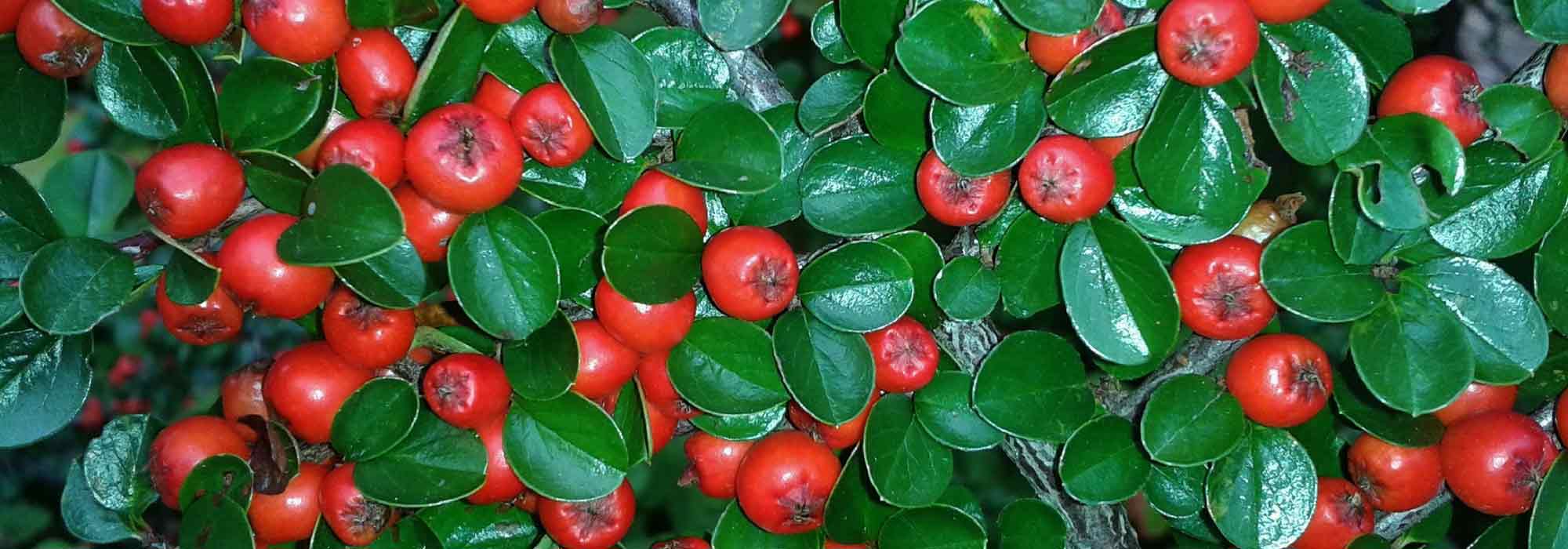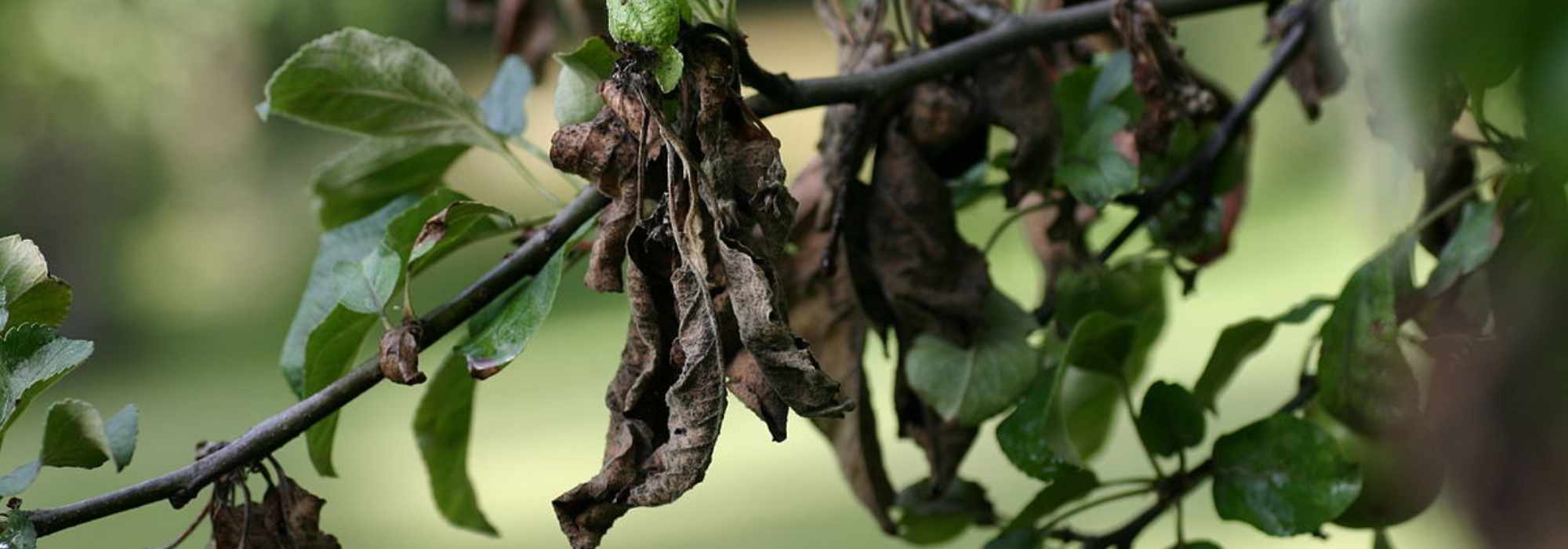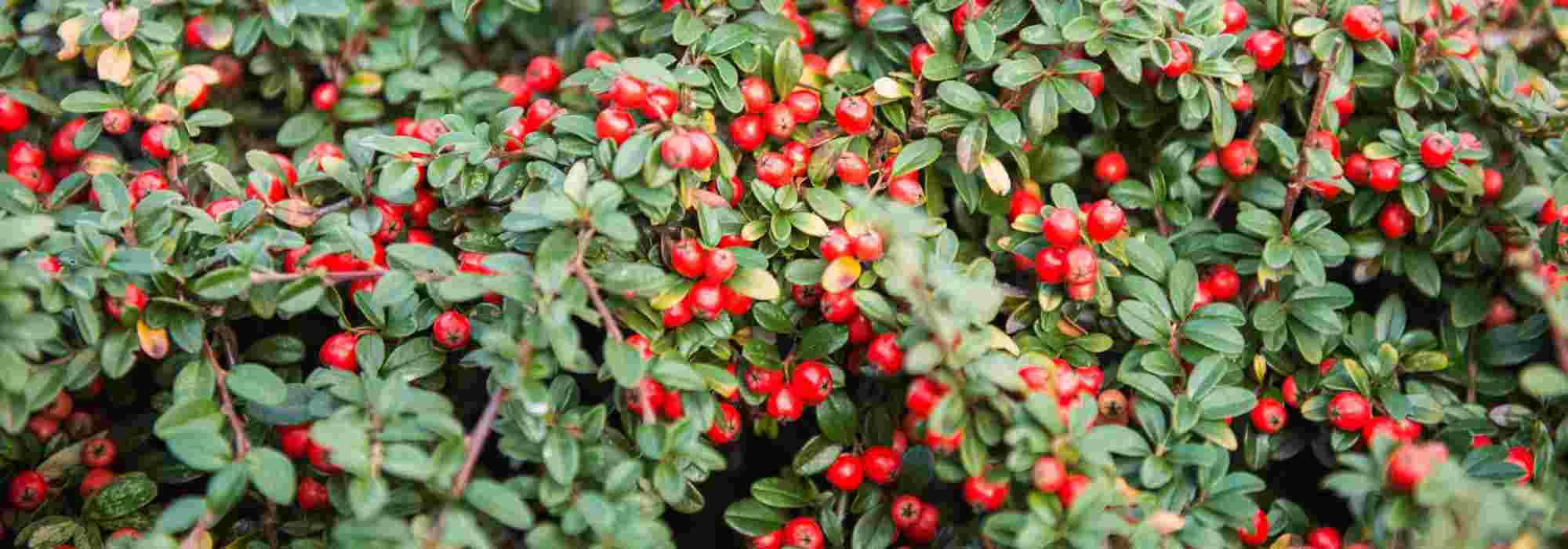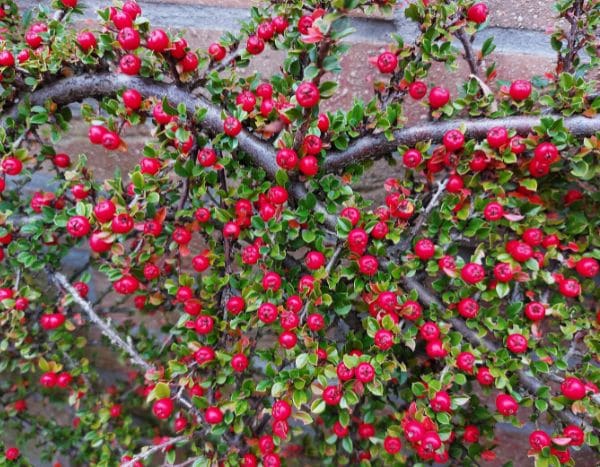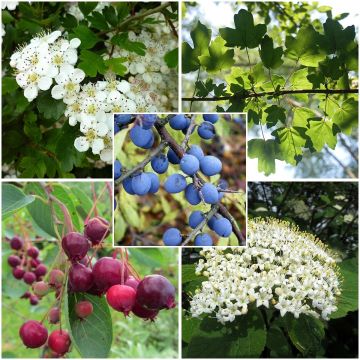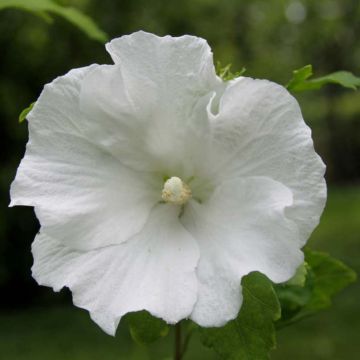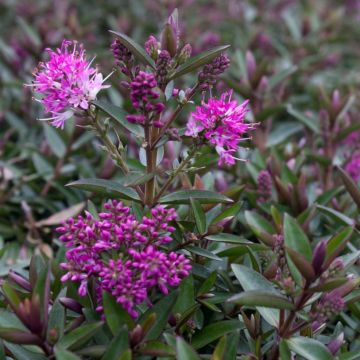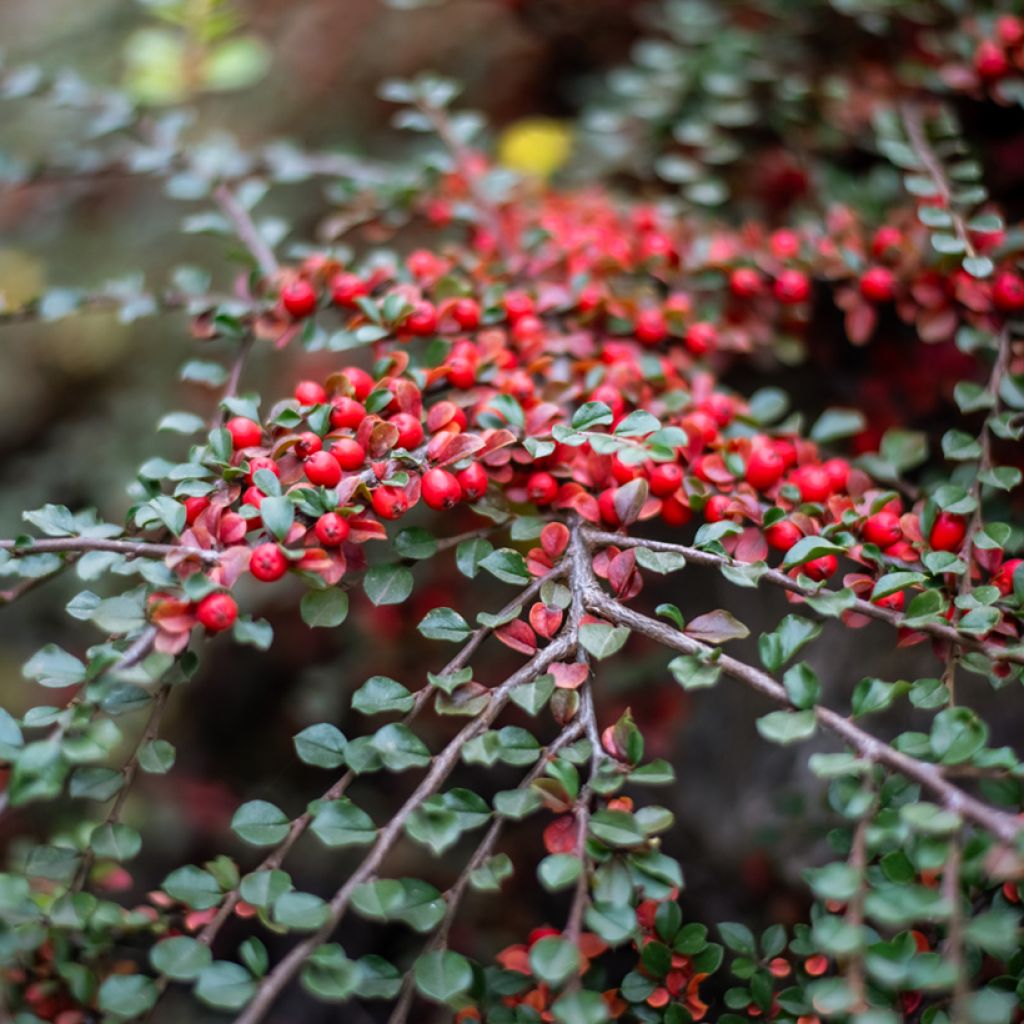

Cotoneaster horizontalis
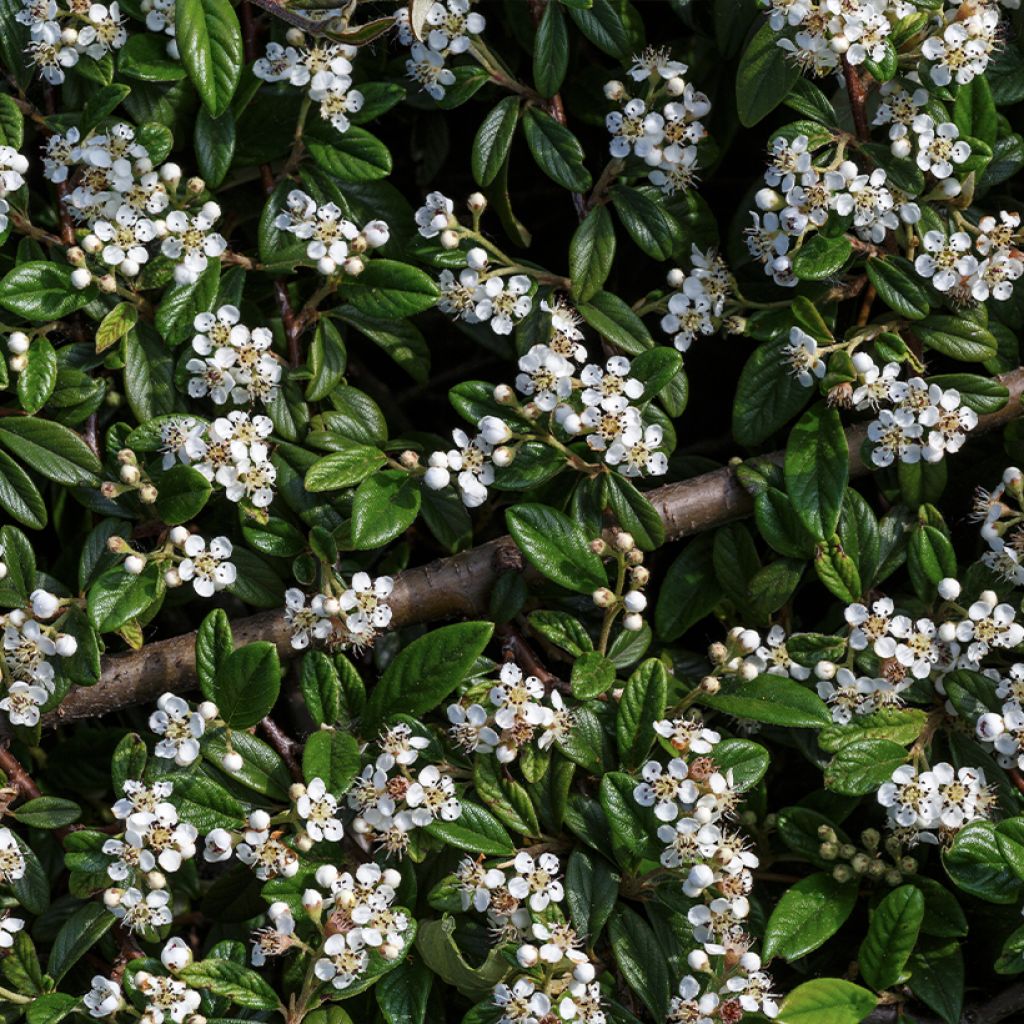

Cotoneaster horizontalis
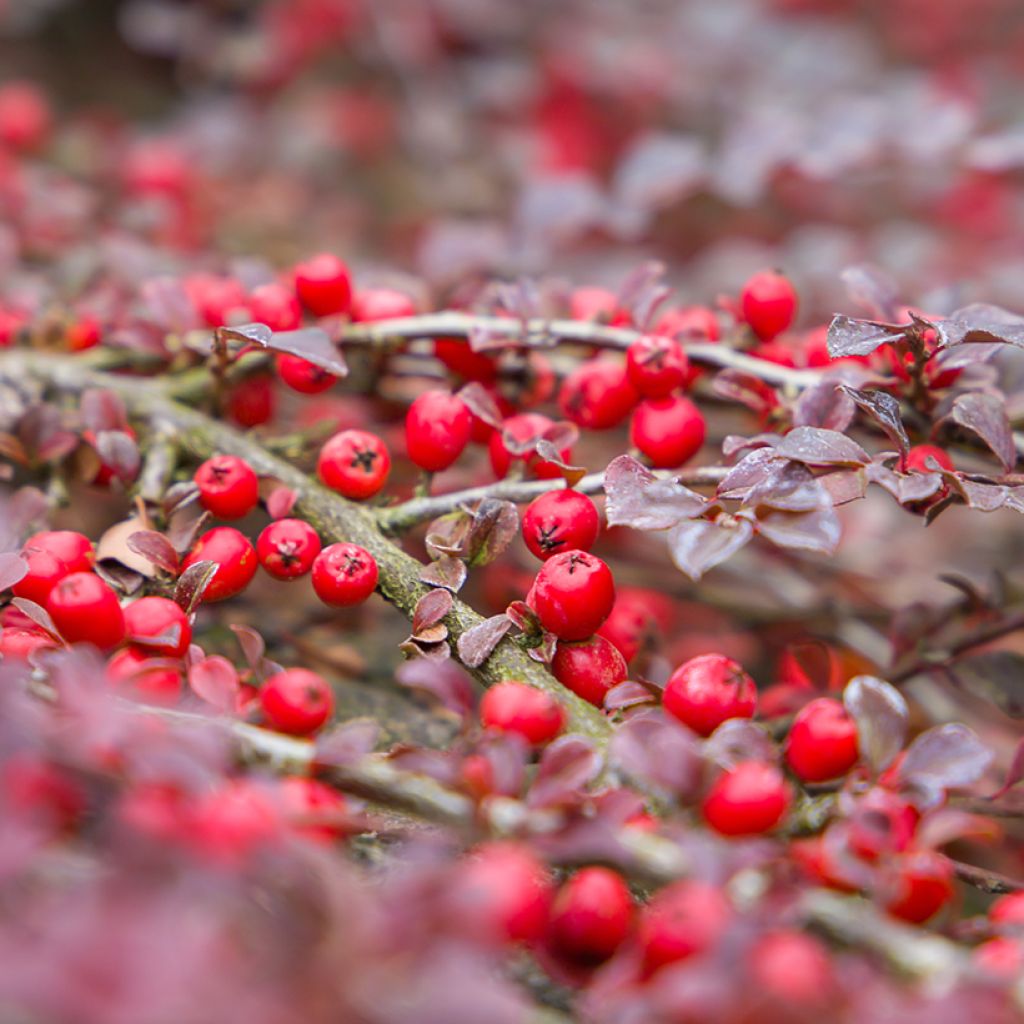

Cotoneaster horizontalis
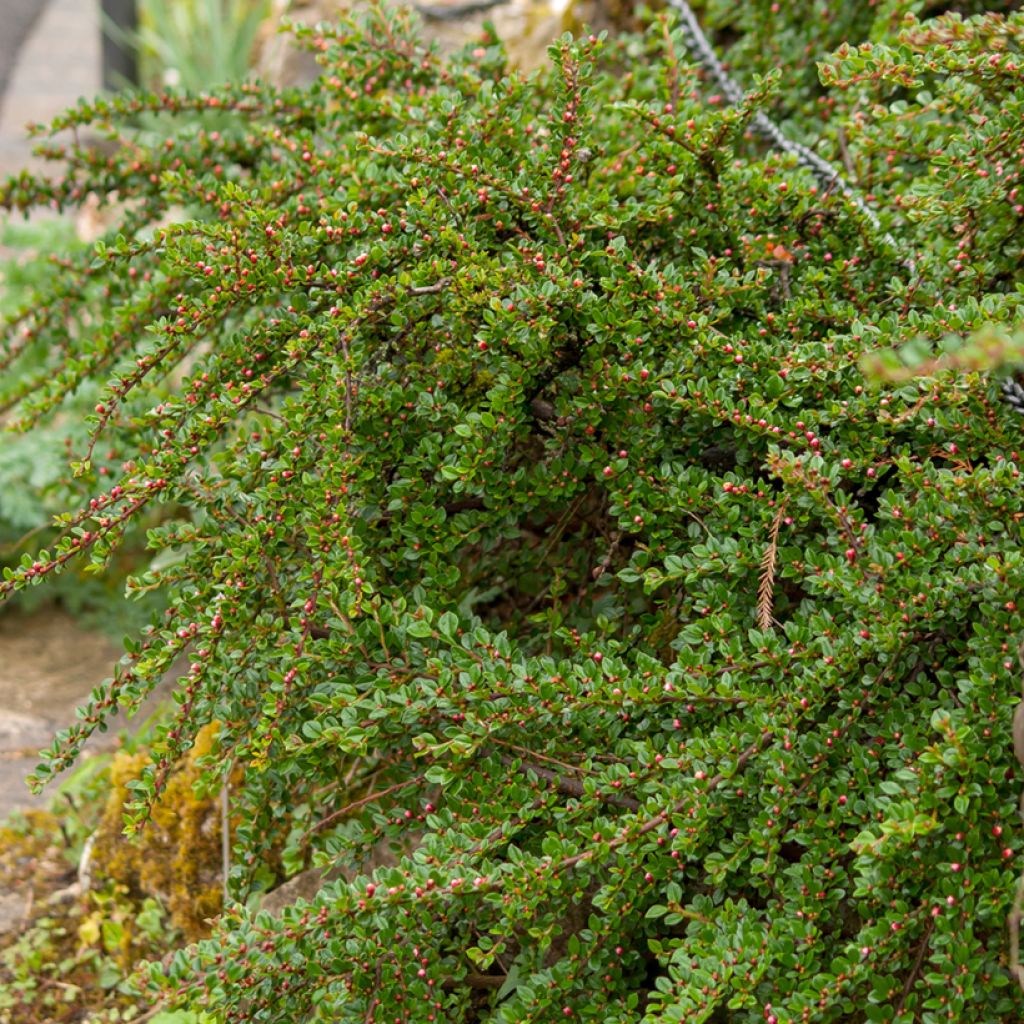

Cotoneaster horizontalis
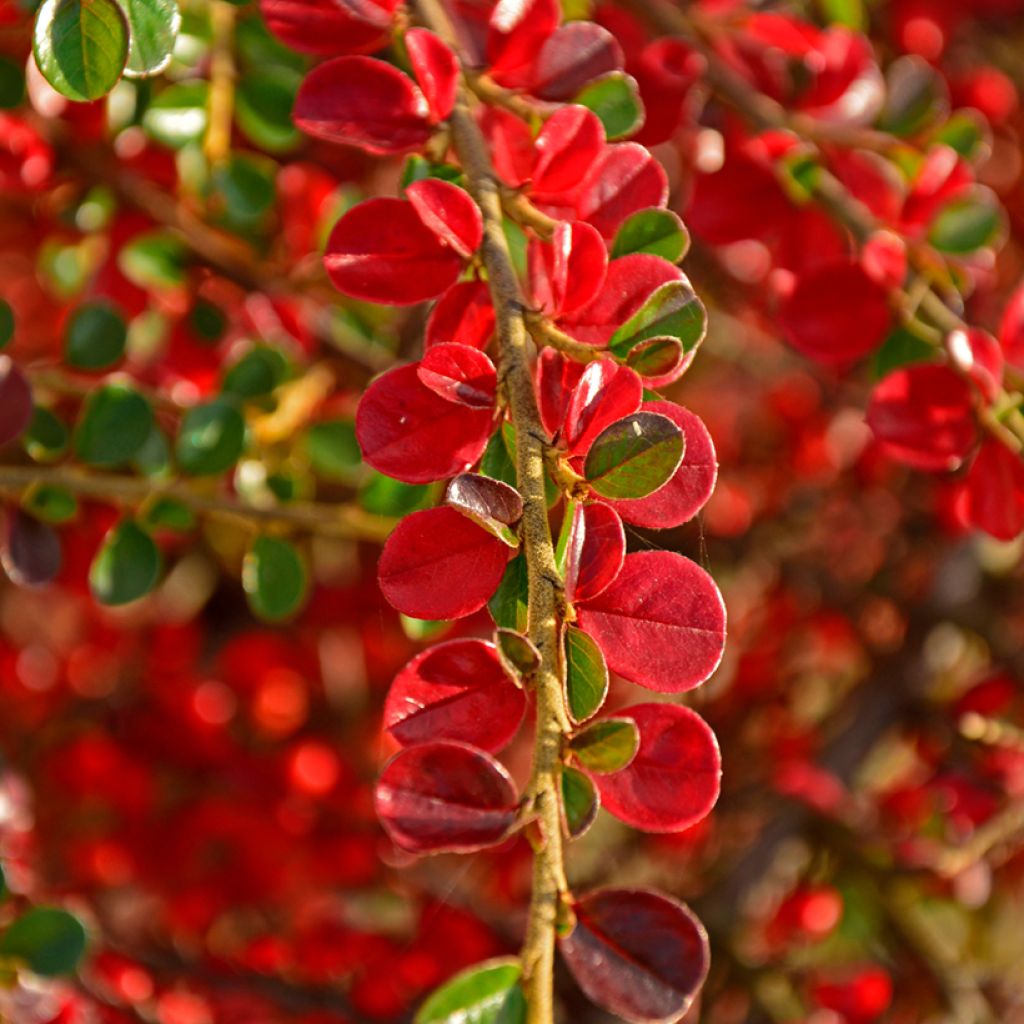

Cotoneaster horizontalis
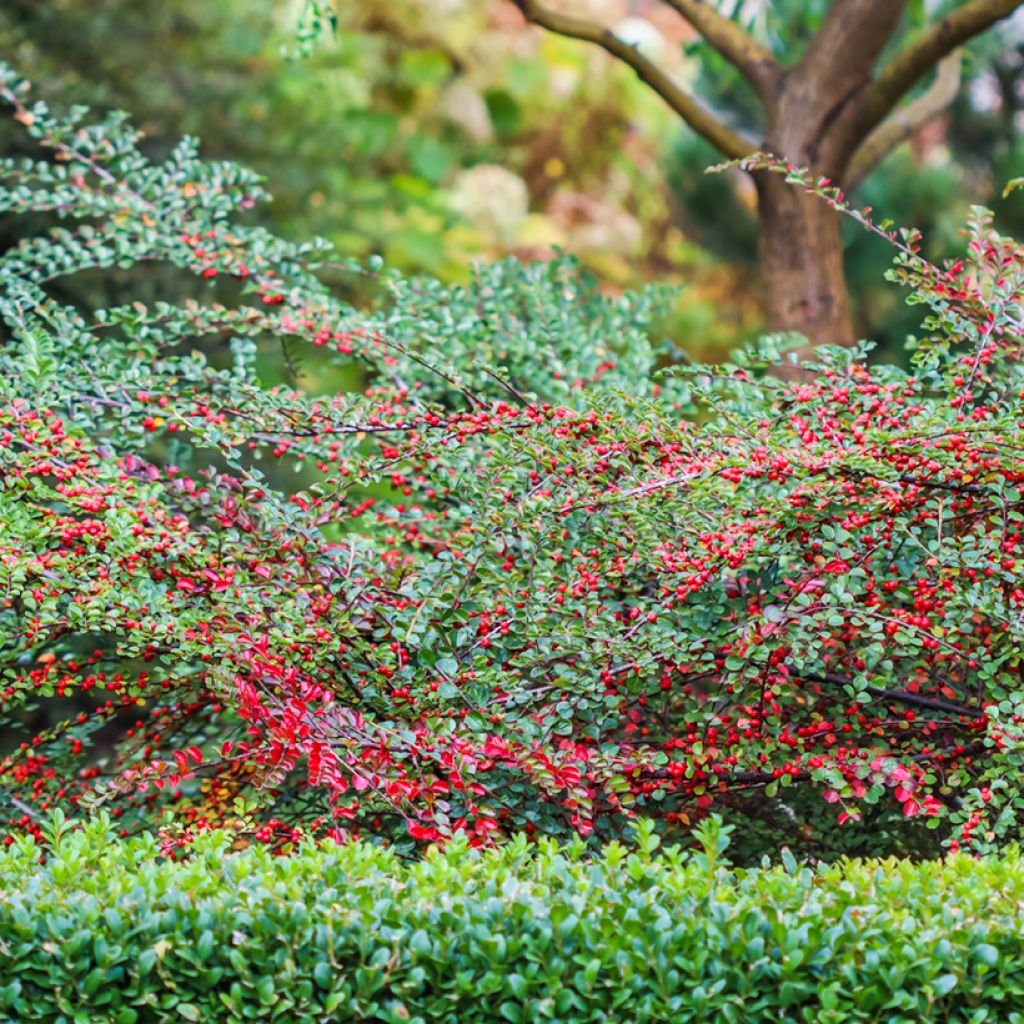

Cotoneaster horizontalis
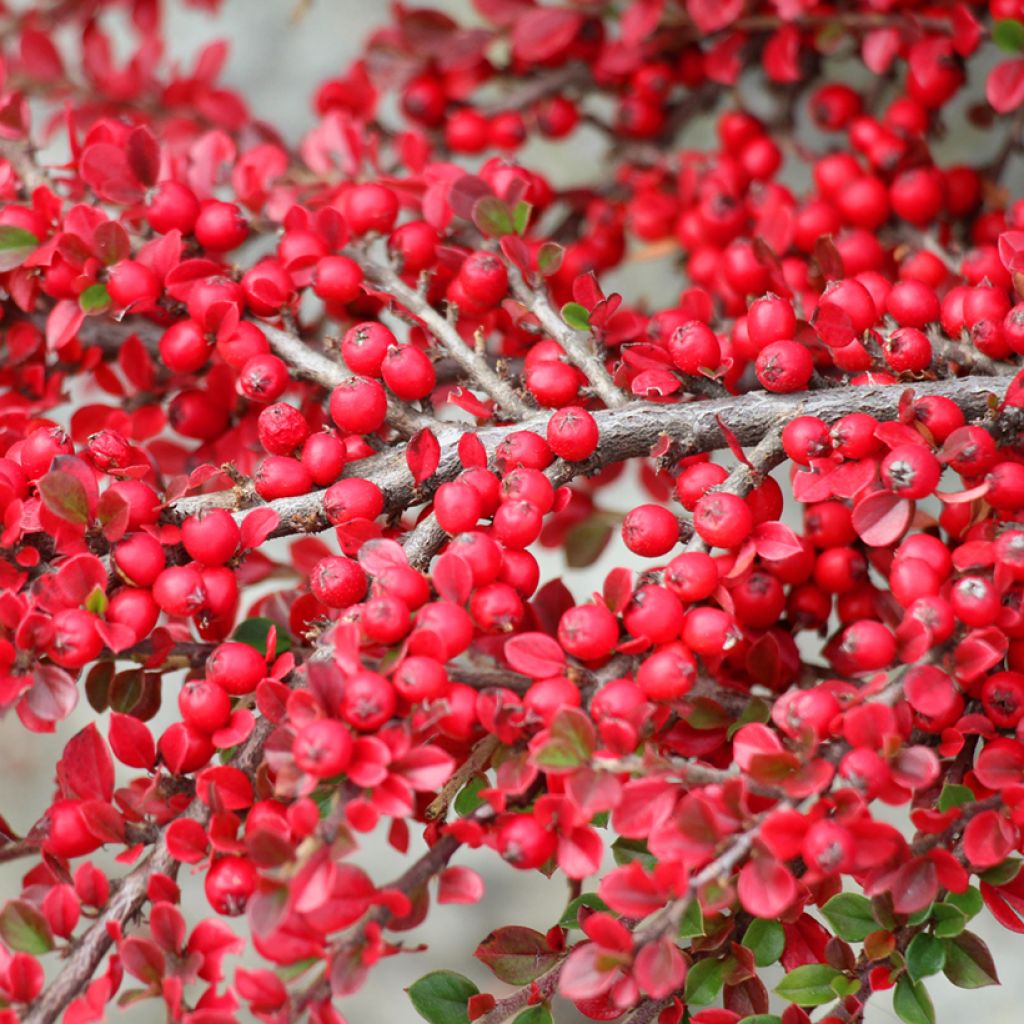

Cotoneaster horizontalis
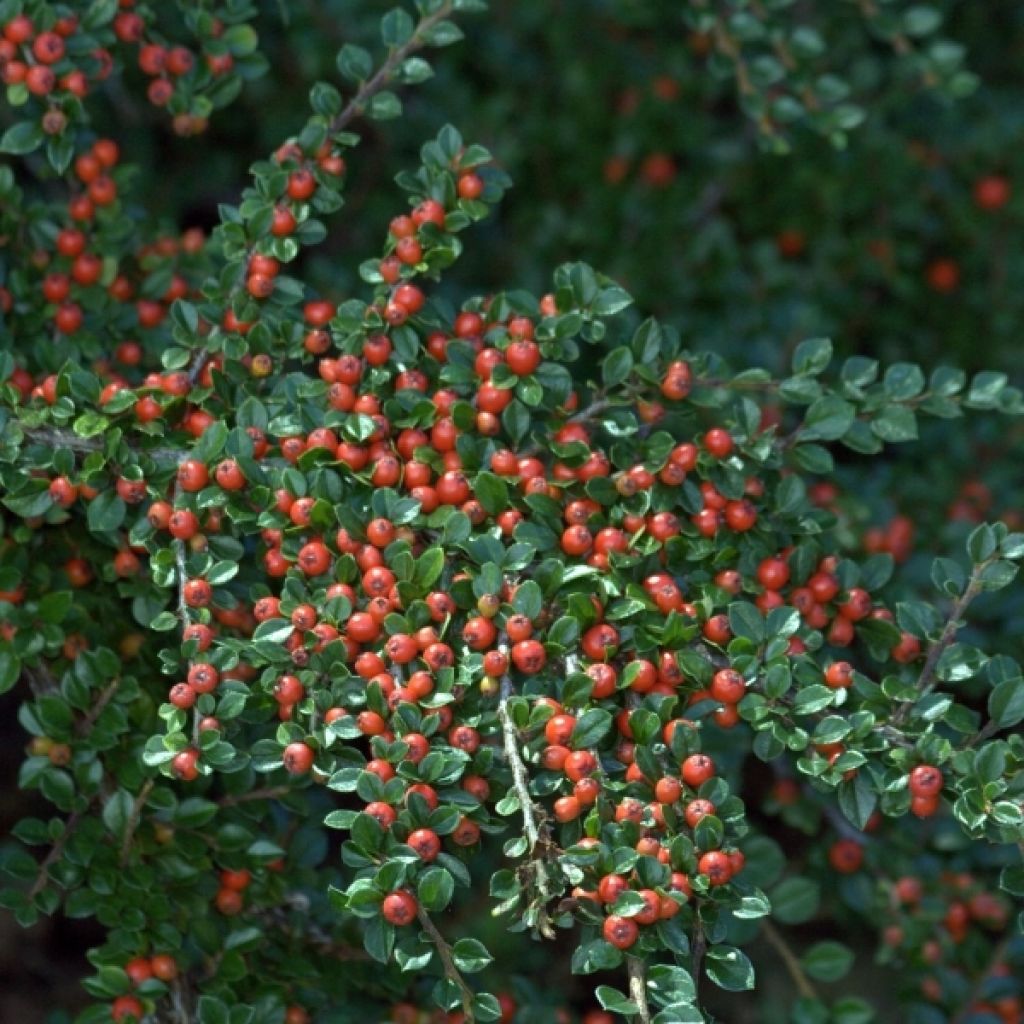

Cotoneaster horizontalis
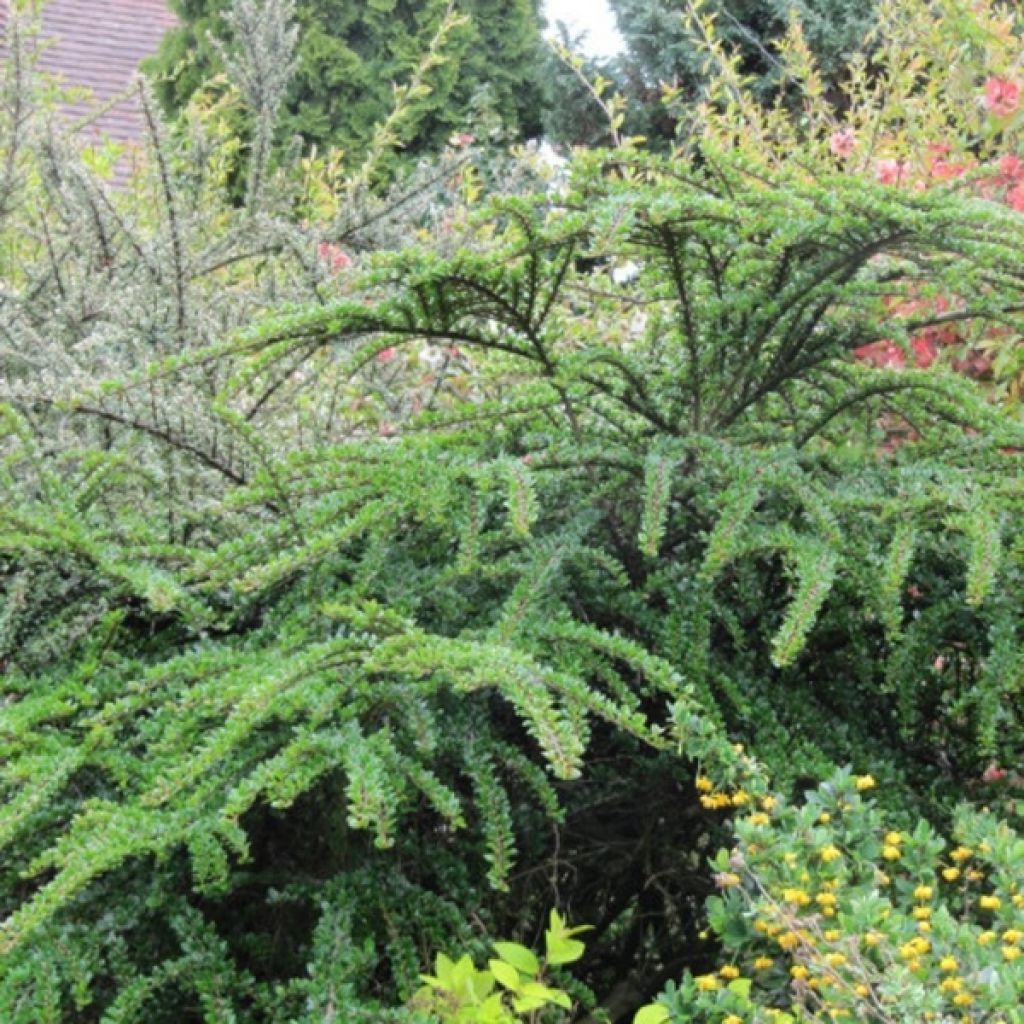

Cotoneaster horizontalis
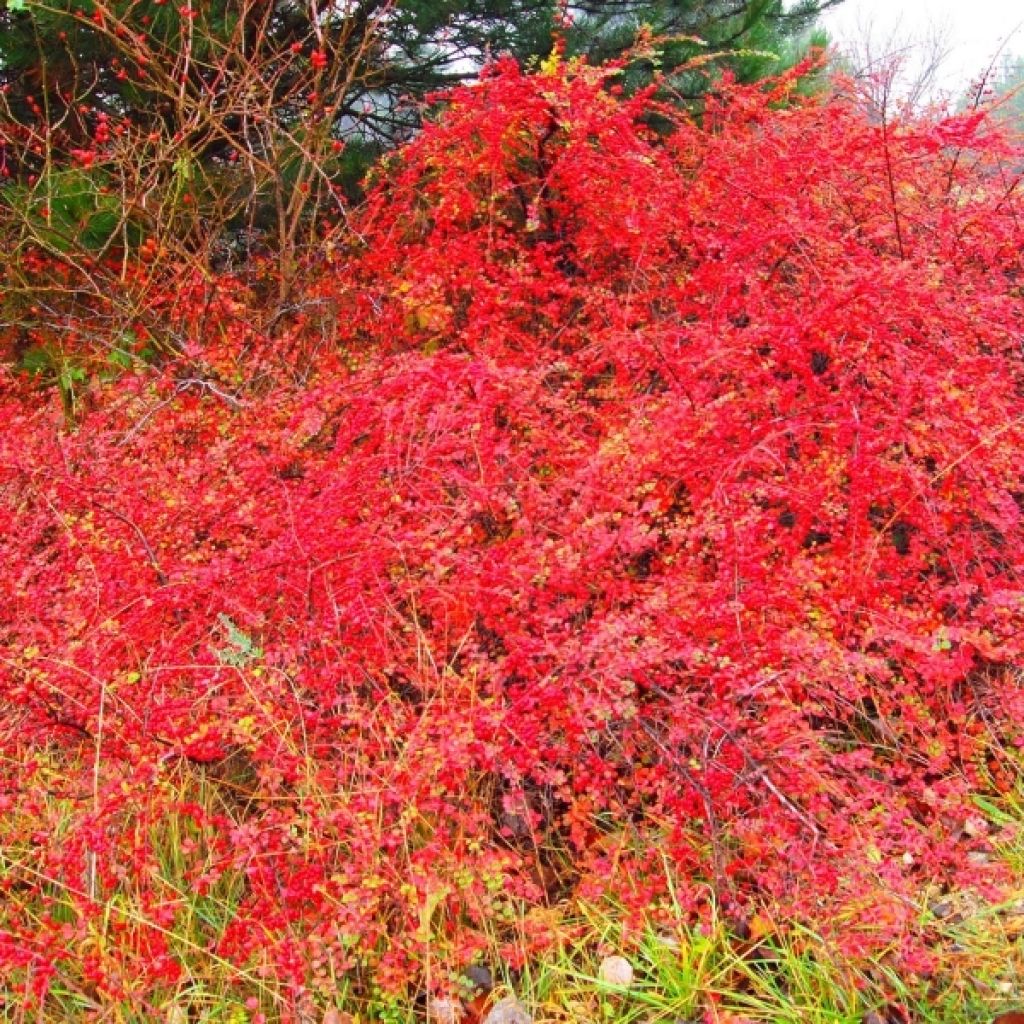

Cotoneaster horizontalis


Cotoneaster horizontalis
Cotoneaster horizontalis
Cotoneaster horizontalis
Rockspray Cotoneaster
Plants received in very good condition and planted quickly. Remains to be seen the shoot over time.
Jean, 13/10/2024
Special offer!
Receive a €20 voucher for any order over €90 (excluding delivery costs, credit notes, and plastic-free options)!
1- Add your favorite plants to your cart.
2- Once you have reached €90, confirm your order (you can even choose the delivery date!).
3- As soon as your order is shipped, you will receive an email containing your voucher code, valid for 3 months (90 days).
Your voucher is unique and can only be used once, for any order with a minimum value of €20, excluding delivery costs.
Can be combined with other current offers, non-divisible and non-refundable.
Home or relay delivery (depending on size and destination)
Schedule delivery date,
and select date in basket
This plant carries a 24 months recovery warranty
More information
We guarantee the quality of our plants for a full growing cycle, and will replace at our expense any plant that fails to recover under normal climatic and planting conditions.

Would this plant suit my garden?
Set up your Plantfit profile →
Description
The Cotoneaster horizontalis, also known as Creeping Cotoneaster, is a deciduous bush that is very robust, cold-resistant, and water-efficient, widely used by landscaping professionals, especially to fill large highway slopes. In addition to its ease of cultivation, it has interesting ornamental qualities: its small leaves become flamboyant in autumn, its dark green foliage is adorned with small white flowers in spring, and its branches are adorned with numerous bright red fruits in winter. Before introducing it to the garden, it is important to consider its growth, which can be significant with age, even though it tolerates pruning perfectly.
The Cotoneaster horizontalis is a species of the Rosaceae family native to China, Taiwan, and Nepal. In its natural habitat, this bush is found in dry mountainous regions, between 1500 and 3000 m (9842 to 9842 ft) above sea level. It thrives in thickets, among rocks, and on rocky slopes. Its growth is quite rapid, with a dense and well-branched habit, spreading wider than it is tall. Ultimately, it can easily reach a height of 1m (3ft) and a width of 3m (10ft) if not pruned. Its horizontal branches are highly branched, with all the twigs arranged in the same plane, forming a "fishbone" pattern. The branches naturally layer when in contact with the ground. Its deciduous leaves measure 6 to 12mm (0.5in) in length and are entire and ovate, with a shiny dark green colour. In autumn, they turn reddish-orange before falling. The abundant and nectar-rich flowering occurs in May. It consists of single, white-pink flowers with 5 petals, measuring 6 to 8mm (0.3in) in diameter, solitary or in pairs. After pollination, fruits form and ripen in September. These are bright red berries, measuring 5mm (0.2in) in diameter and greatly appreciated by birds. They persist on the bare branches during winter, offering a beautiful decorative effect. Birds disperse the seeds in the garden.
The Cotoneaster horizontalis is not demanding and adapts to any well-drained soil, even limestone, or relatively dry in summer. Almost maintenance-free, it only requires a balance pruning in March to maintain its prostrate form and limit its conquering tendencies. It is an excellent ground cover on a slope or in a large rock garden, but it can also be integrated into a small hedge or trained against a wall. To vegetate a slope or embankment, combine the Creeping Cotoneaster with evergreen ceanothes, Cotoneaster suecicus Juliette, or Juniperus horizontalis Blue Chip, for example. Add some colour with a Nozomi ground cover rose and some shrub cinquefoils.
Cotoneaster horizontalis in pictures








Plant habit
Flowering
Foliage
Botanical data
Cotoneaster
horizontalis
Rosaceae
Rockspray Cotoneaster
China
Planting and care
The Cotoneaster horizontalis can be planted in spring or autumn in any well-drained soil, even limestone, moist to rather dry in summer, in a sunny position or in light shade, but protected from prevailing winds. It is a bush that is very easy to cultivate, hardy and resistant. Pruning in March may be necessary to densify the branches and reduce its size. The lower branches can root upon contact with the ground, so it may be necessary to monitor them. Birds can disperse the seeds: young plants from sowing can be easily uprooted.
Planting period
Intended location
Care
Planting & care advice
-
, onOrder confirmed
Reply from on Promesse de fleurs
Similar products
Haven't found what you were looking for?
Hardiness is the lowest winter temperature a plant can endure without suffering serious damage or even dying. However, hardiness is affected by location (a sheltered area, such as a patio), protection (winter cover) and soil type (hardiness is improved by well-drained soil).

Photo Sharing Terms & Conditions
In order to encourage gardeners to interact and share their experiences, Promesse de fleurs offers various media enabling content to be uploaded onto its Site - in particular via the ‘Photo sharing’ module.
The User agrees to refrain from:
- Posting any content that is illegal, prejudicial, insulting, racist, inciteful to hatred, revisionist, contrary to public decency, that infringes on privacy or on the privacy rights of third parties, in particular the publicity rights of persons and goods, intellectual property rights, or the right to privacy.
- Submitting content on behalf of a third party;
- Impersonate the identity of a third party and/or publish any personal information about a third party;
In general, the User undertakes to refrain from any unethical behaviour.
All Content (in particular text, comments, files, images, photos, videos, creative works, etc.), which may be subject to property or intellectual property rights, image or other private rights, shall remain the property of the User, subject to the limited rights granted by the terms of the licence granted by Promesse de fleurs as stated below. Users are at liberty to publish or not to publish such Content on the Site, notably via the ‘Photo Sharing’ facility, and accept that this Content shall be made public and freely accessible, notably on the Internet.
Users further acknowledge, undertake to have ,and guarantee that they hold all necessary rights and permissions to publish such material on the Site, in particular with regard to the legislation in force pertaining to any privacy, property, intellectual property, image, or contractual rights, or rights of any other nature. By publishing such Content on the Site, Users acknowledge accepting full liability as publishers of the Content within the meaning of the law, and grant Promesse de fleurs, free of charge, an inclusive, worldwide licence for the said Content for the entire duration of its publication, including all reproduction, representation, up/downloading, displaying, performing, transmission, and storage rights.
Users also grant permission for their name to be linked to the Content and accept that this link may not always be made available.
By engaging in posting material, Users consent to their Content becoming automatically accessible on the Internet, in particular on other sites and/or blogs and/or web pages of the Promesse de fleurs site, including in particular social pages and the Promesse de fleurs catalogue.
Users may secure the removal of entrusted content free of charge by issuing a simple request via our contact form.
The flowering period indicated on our website applies to countries and regions located in USDA zone 8 (France, the United Kingdom, Ireland, the Netherlands, etc.)
It will vary according to where you live:
- In zones 9 to 10 (Italy, Spain, Greece, etc.), flowering will occur about 2 to 4 weeks earlier.
- In zones 6 to 7 (Germany, Poland, Slovenia, and lower mountainous regions), flowering will be delayed by 2 to 3 weeks.
- In zone 5 (Central Europe, Scandinavia), blooming will be delayed by 3 to 5 weeks.
In temperate climates, pruning of spring-flowering shrubs (forsythia, spireas, etc.) should be done just after flowering.
Pruning of summer-flowering shrubs (Indian Lilac, Perovskia, etc.) can be done in winter or spring.
In cold regions as well as with frost-sensitive plants, avoid pruning too early when severe frosts may still occur.
The planting period indicated on our website applies to countries and regions located in USDA zone 8 (France, United Kingdom, Ireland, Netherlands).
It will vary according to where you live:
- In Mediterranean zones (Marseille, Madrid, Milan, etc.), autumn and winter are the best planting periods.
- In continental zones (Strasbourg, Munich, Vienna, etc.), delay planting by 2 to 3 weeks in spring and bring it forward by 2 to 4 weeks in autumn.
- In mountainous regions (the Alps, Pyrenees, Carpathians, etc.), it is best to plant in late spring (May-June) or late summer (August-September).
The harvesting period indicated on our website applies to countries and regions in USDA zone 8 (France, England, Ireland, the Netherlands).
In colder areas (Scandinavia, Poland, Austria...) fruit and vegetable harvests are likely to be delayed by 3-4 weeks.
In warmer areas (Italy, Spain, Greece, etc.), harvesting will probably take place earlier, depending on weather conditions.
The sowing periods indicated on our website apply to countries and regions within USDA Zone 8 (France, UK, Ireland, Netherlands).
In colder areas (Scandinavia, Poland, Austria...), delay any outdoor sowing by 3-4 weeks, or sow under glass.
In warmer climes (Italy, Spain, Greece, etc.), bring outdoor sowing forward by a few weeks.






























